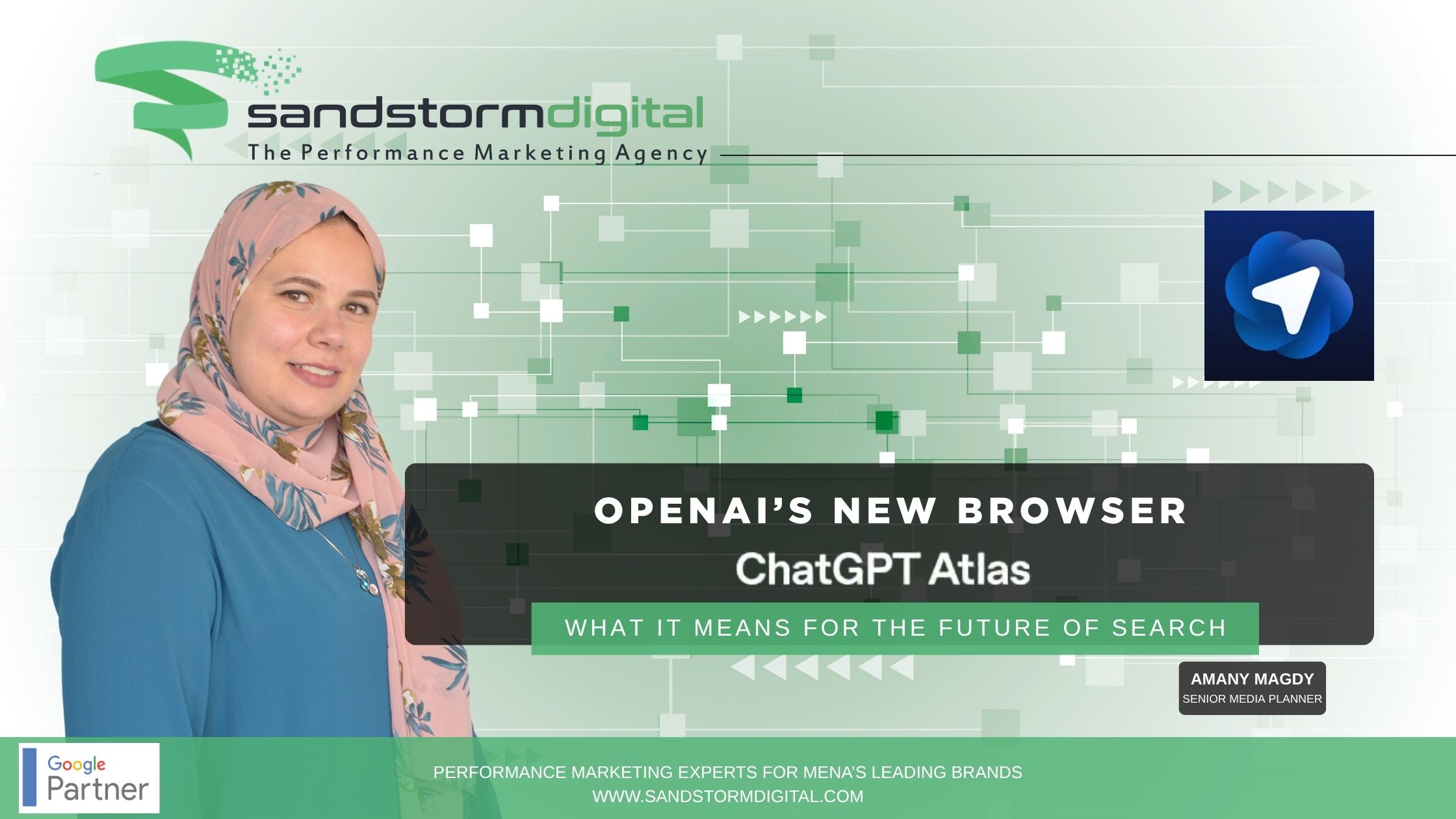Marketing teams often feel like they have slammed into a brick wall when it comes to developing lead-generation strategies that are successful across multiple channels and have long-term effectiveness. In other words, they often find that what works on one platform does not work on another, and strategies that attract attention today become strategies that get ignored tomorrow. This presents a time-consuming obstacle that many companies fail to address or conquer effectively simply because they may not have the time, budget, or other resources necessary to devote to the task.
There are a host of guides, tutorials, and other content available that offer tips on how to effectively generate leads on specific platforms, such as various social media networks or by publishing a blog or email newsletter. While that content is useful, it only applies to one particular platform at a time. This leaves companies in the precarious position of either sacrificing the quantity or quality of their lead-generating content, sometimes to the point where it becomes more than a burden on time and resources, but a detriment to the business as well.
Here are 16 tips for lead generation that focus on achieving a far-reaching level of success, over a longer period of time, without limiting your campaigns and strategies to specific channels or platforms:
1 – Develop a landing page that is impossible to ignore. Qualified leads do not materialize out of thin air, and a great deal of conversion-worthy traffic often gets lost at the beginning of your sales funnel. This is often because your landing page fails to deliver what your visitors want or need in a way that motivates them to keep moving forward.
2 – Restrict the content on your landing page to one specific offer. The paradox of choice tells us that people will refrain from making a decision at all when faced with too many options, so make it impossibly easy for your visitors to continue their progression toward becoming a highly qualified lead (and eventually a paying customer).
3 – Do not ask for more information than you need at the onset of the engagement process. Forms are a necessary evil to collect information about your visitors and potential leads, but the amount of data requested can be problematic if it is excessive. If you ask for too much, some visitors will leave the page, leaving you with a lost opportunity. Your data-request forms should be extremely minimalist in both the design of the page and the information you ask for.
4 – Keep using what works, but keep testing it to ensure long-term effectiveness. Avoid making a big marketing mistake by developing a lead-generation strategy, putting it into action, and then forgetting it exists. One of the best ways to make sure your marketing material remains successful at generating leads over a long period of time is by performing regular testing and monitoring performance results.
5 – Where applicable, make use of “newsjacking” to increase interest in your brand, products, or services. Newsjacking is the practice of capitalizing on current hot topics, when they are relevant to your offerings, and tying in your company with the trending buzz. Be wary of keyword stuffing for the sake of generating interest, however, because it can destroy your credibility to attempt to align yourself with trending topics that have no true relevance to your company or what you are offering to visitors.
6 – Offer something to your potential leads that is exclusive, in high demand, or hard to find. Even if your company is one of a million that provides identical products or services, you need to infuse your offer with an appeal factor that makes it irresistible. One way to do this is by composing a guide or tutorial that informs visitors of unique ways to use your product to achieve certain results. Another method of emphasizing exclusivity, and your industry knowledge or market expertise, is by providing a digital book or white paper with market-specific “insider” information. You can come up with many other ways to turn “run of the mill” into “cream of the crop,” and instill a sense of need in your visitors by giving them something they cannot find elsewhere.
7 – Provide something to potential leads that has limits to the time or quantity available. If people are told they only have a certain period of time in which they can obtain something, or that there are only a certain number of things available, they are more likely to take action sooner rather than later. Putting time or quantity limits on your offer can create a sense of urgency in your visitors, motivating them to feel they need to have it “now.” This moves them more quickly toward the status of qualified lead by more rapidly initiating business-to-consumer engagement.
8 – Use everyday language in your marketing material. While technical jargon and corporate buzzwords may sound superficially professional, the average consumer neither understands nor cares about your grasp of industry speak. In many cases, this confusion can cause a potential lead to lose interest in what you are offering. Avoid losing leads and sales simply because you neglected to speak the same language as your target audience.
9 – Captivate your target audience with compelling titles, headings, and subject lines. You can have an out-of-this-world offer that goes completely unnoticed simply because you picked a poor subject line or title. Here are some points to remember when crafting these words of wisdom: keep them short (under 65 characters) to avoid forced truncating, make them attention-getting, and be specific about what someone will get when they click, download, or sign up.
10 – Use numeric evidence to demonstrate demand. Whether you are collecting signups for a webinar or monthly newsletter, offering a free download for a value-packed white paper or user’s guide, collecting donations, or selling a high-quality, limited-quantity product, tell your visitors what kind of demand currently exists for your offer. You can do this by including the number of signups, downloads, subscribers, purchasers, donations, or any other numeric value that lets people know how popular your offer already is.
11 – Always direct CTA links to a dedicated landing page that moves your visitor deeper into your sales funnel. When you are attempting to generate qualified leads through CTAs in a variety of online platforms, you don’t want a visitor to end up on yet another page requiring even more clicks (such as another marketing channel page or your company’s internet home page). Whether your calls to action are in a blog, social media post, email newsletter, or your home page, the user should be taken directly to your offer page when they click the CTA.
12 – Provide your enticing offer in an equally enticing format. Studies have shown that neatly packaged formats like eBooks, white papers, tutorial videos, and similar content perform well in terms of what people want and what they can (and will) use. When generating qualified leads with content offers, make sure you provide a format that is in demand by your target audience.
13 – Avoid the assumption that every stage of the lead-generation process is identical. Some visitors will instantly and immediately leap into your sales funnel, while others will poke around, drag their feet, and fall out of your funnel entirely (sometimes several times). When you are guiding your visitors toward becoming a qualified lead, you want to remember that there can be several stages of the journey before your desired conclusion is reached. Create content and calls to action that reinforce the desirability of your offer and anticipate any concerns or hesitation your target audience may have.
14 – Place your calls to action in prominent, easy-to-see, and easily accessible locations. Even if you keep page clutter to a minimum, you still want your CTA to be highly visible and easy to select. This not only applies to the physical location of your CTA, but also the design, format, or wording of the call to action. Make sure it is unambiguous in terms of what will happen when the visitor clicks it, and ensure that it stands out either through appealing visual design or captivating language.
15 – Strengthen lead engagement by including relevant offers in a “thank you” message. After your visitor has become a lead by downloading, signing up, or clicking where you wanted them to click, follow up with a simple and short message to say “thank you,” and include a CTA for an offer that is connected to what they have already received. This helps strengthen B2C engagement and nurture the budding relationship between your company and the consumer.
16 – Employ simplicity to the fullest extent with your landing page design. A landing page visitor has one purpose: to become a lead for your company. Your landing page should contain a minimal amount of information, only what is absolutely necessary to complete the acquisition of a lead. Key components of a simple and effective landing page include your logo, prominent information about what the visitor will receive at the end of a successful visit, and a form requesting a few pieces of data about the visitor. Unnecessary content, such as superfluous text and images or additional navigation options, should be removed from your landing pages.
Rather than devoting valuable time to researching the most effective ways to generate leads on a platform-by-platform basis, you can boost your lead-generation efforts now, across all platforms and with lasting effectiveness, by applying a combination of these tips and tactics to your marketing efforts.











0 Responses
Hi Omar, do you have any suggestions for lead generation softwares? There are a few like LinkedIn Sales navigator with Rapportive, Aeroleads, Builtwith etc which can be used with CRMs like pipedrive to build a salesfunnel? also have you used Zapier and Ifttt with sales tools?